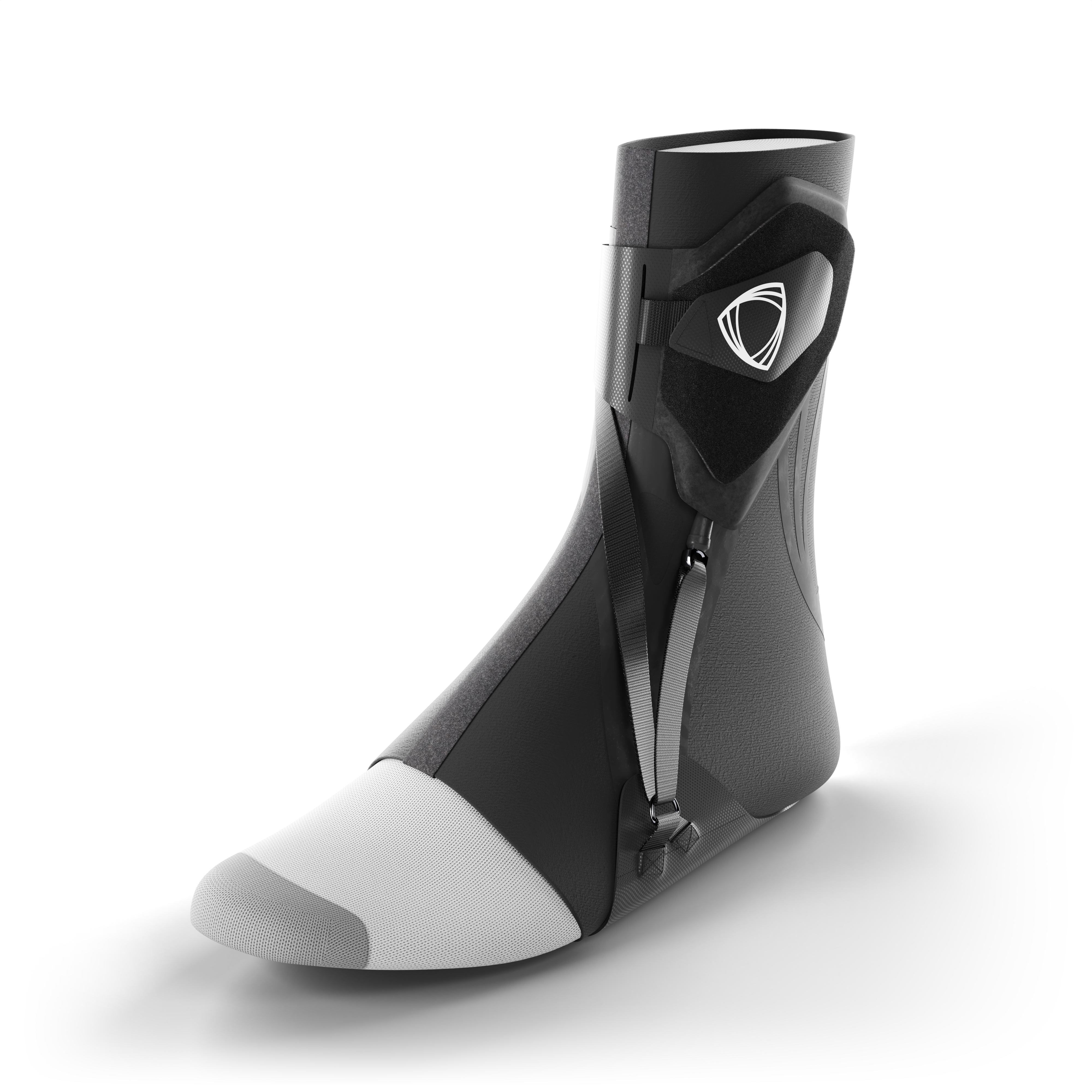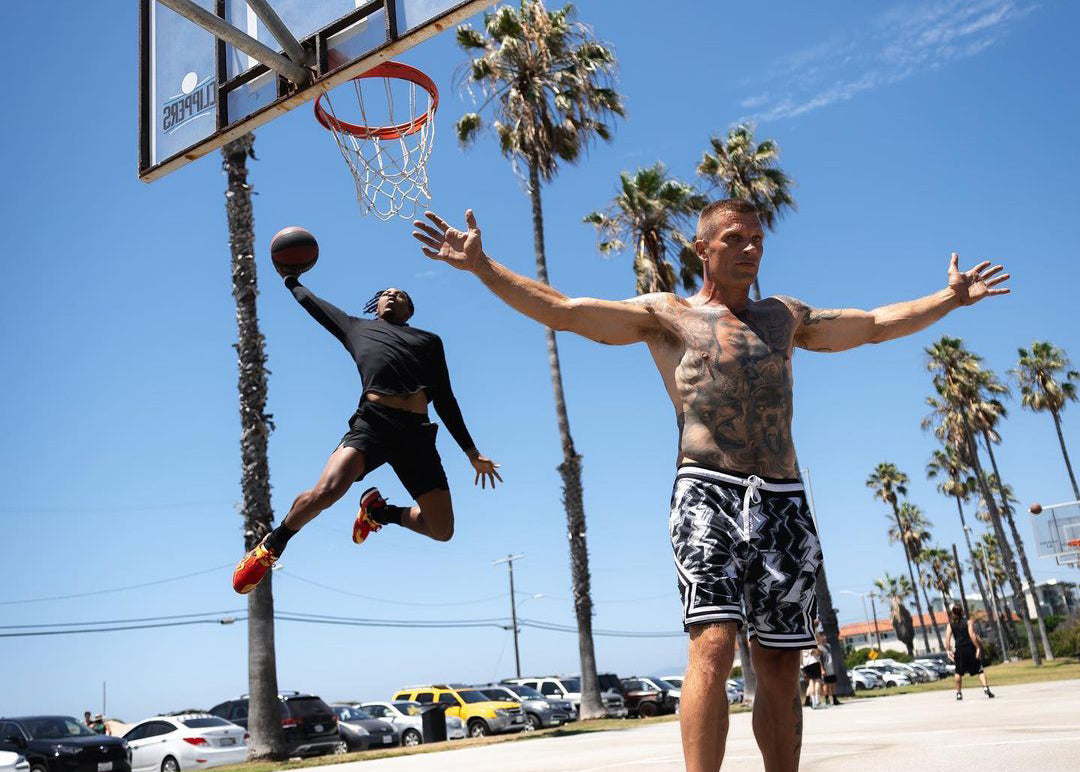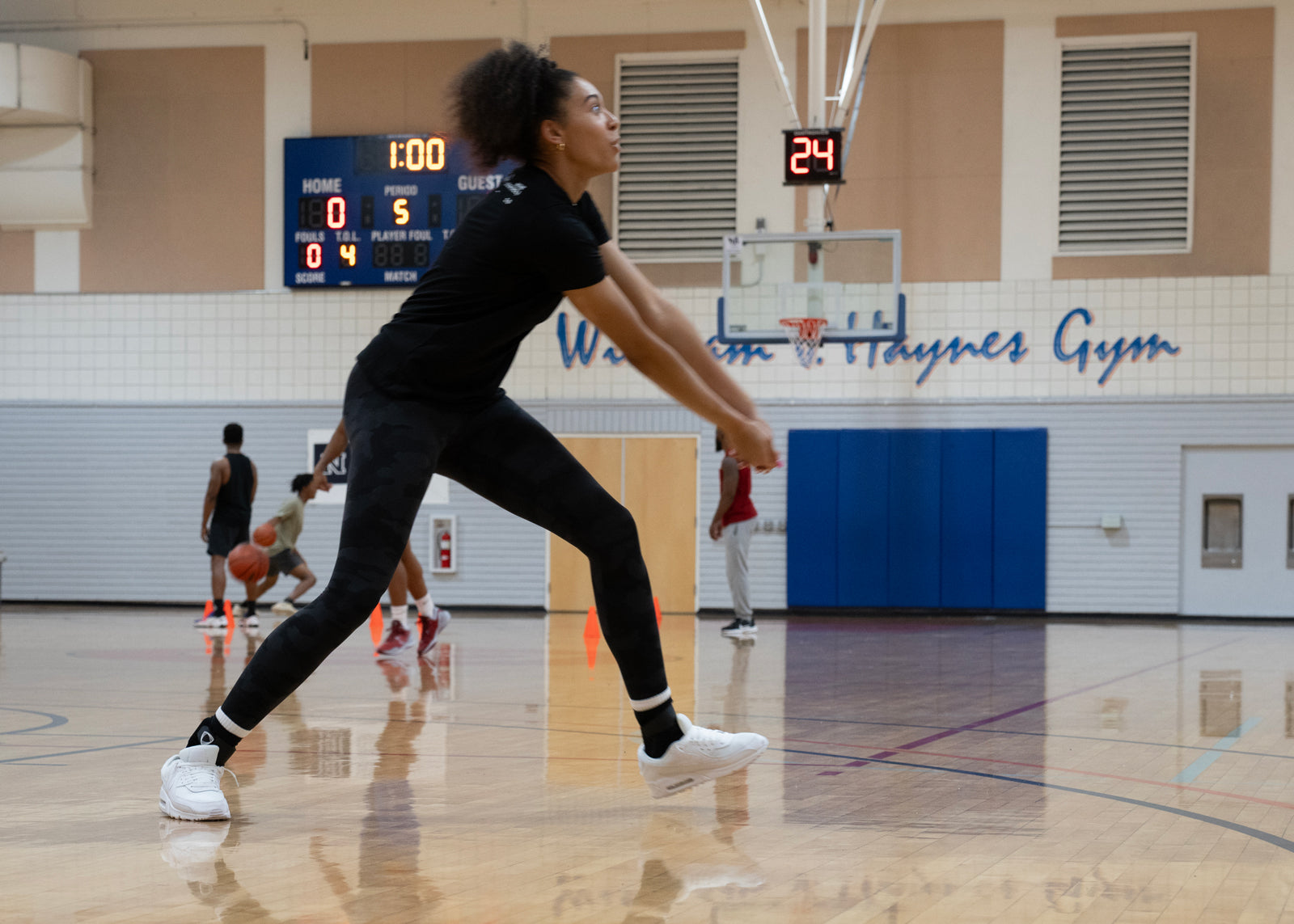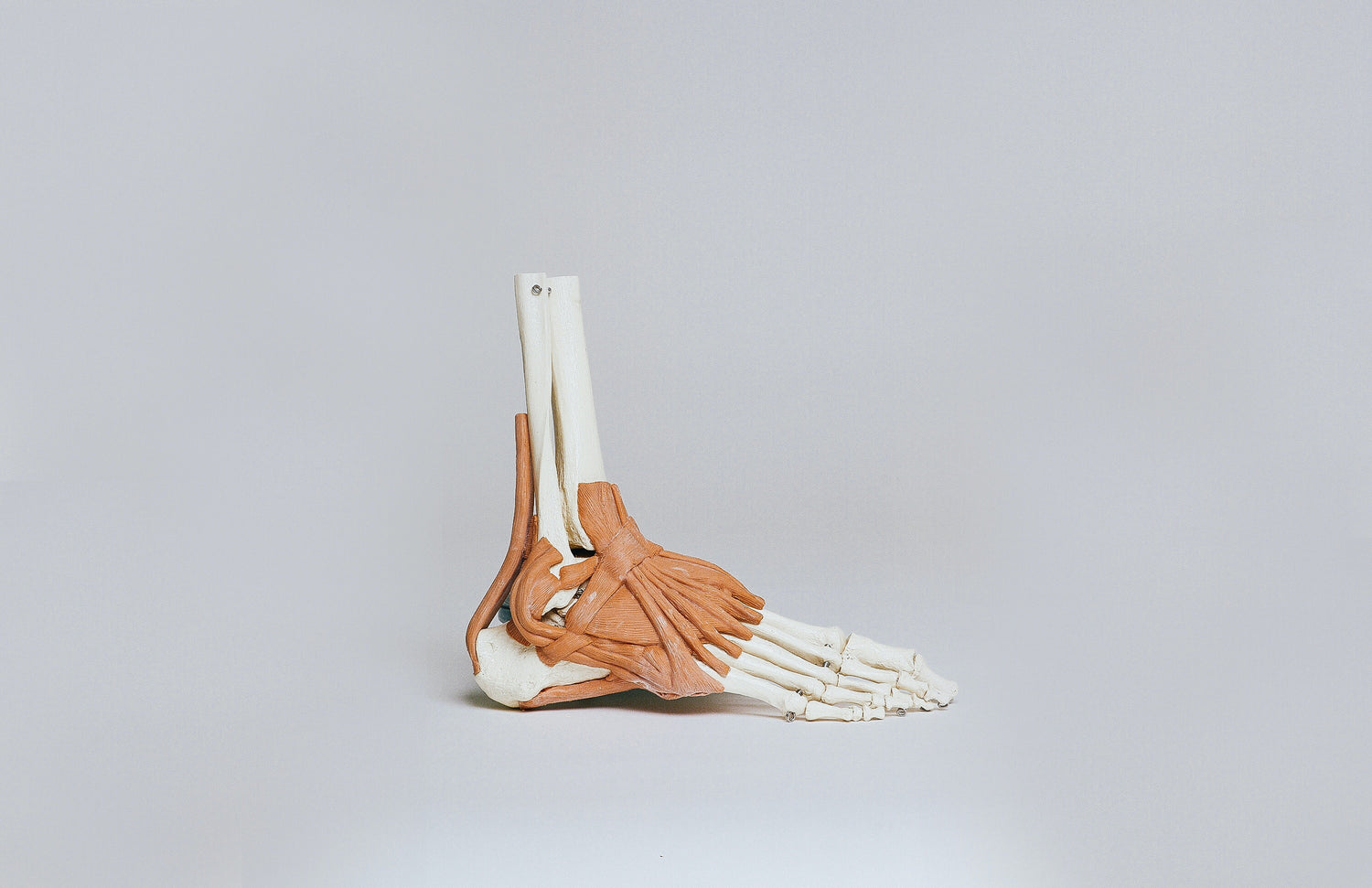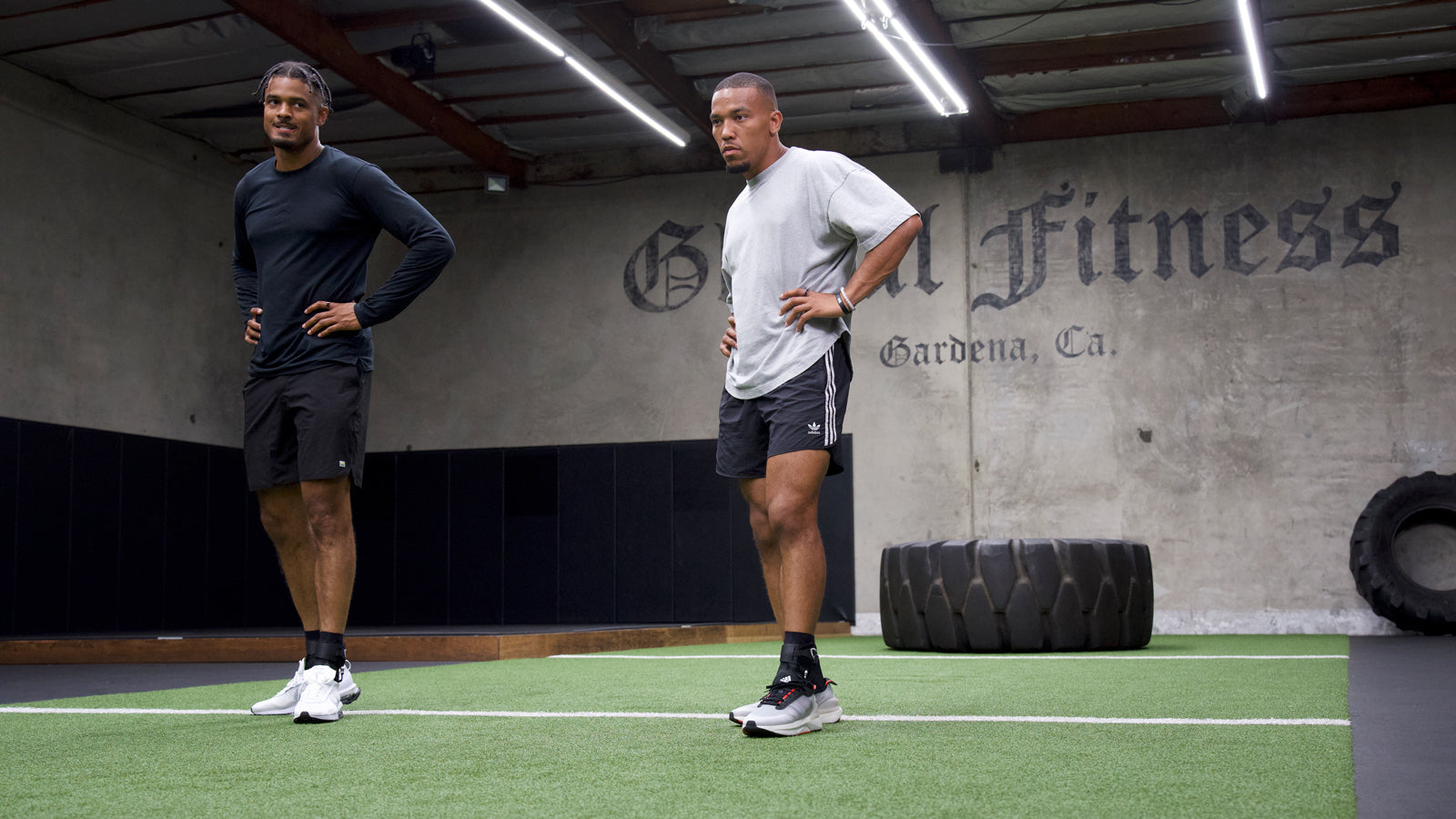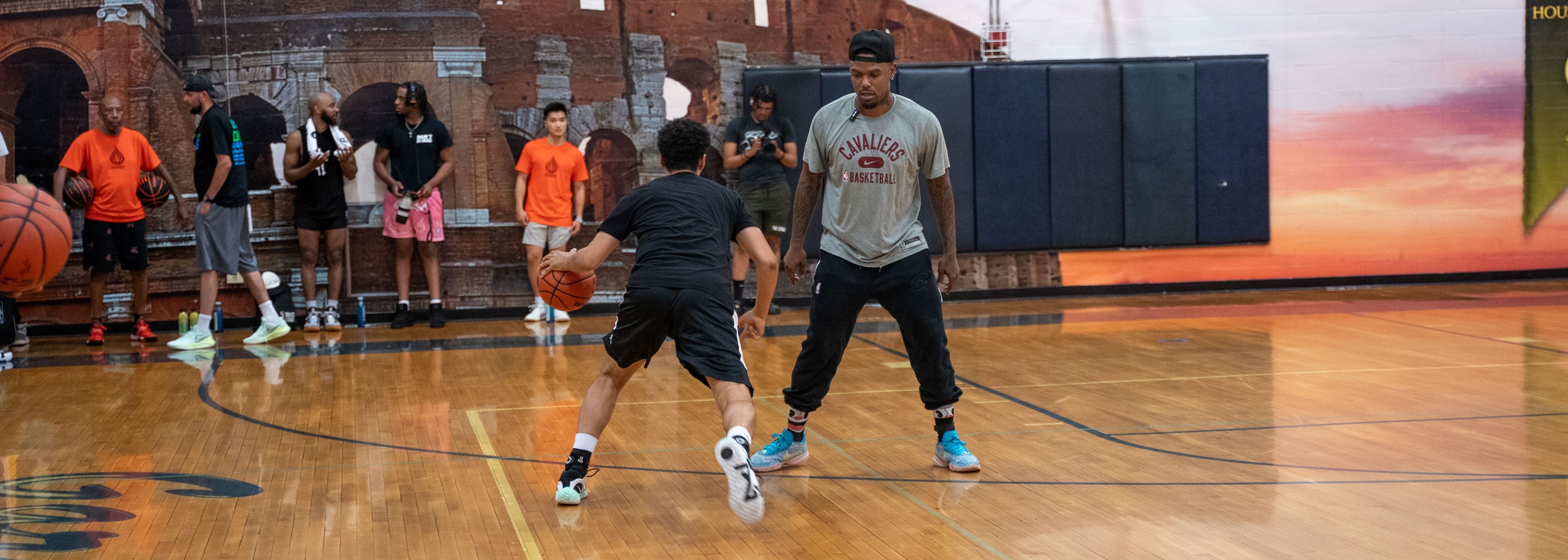Determining the difference between a broken ankle vs. sprained ankle can be difficult to diagnose. Sprained and broken ankle injuries can cause similar symptoms, such as pain, swelling, and difficulty walking. However, the treatment options for a sprained vs. broken ankle can be different, so it's important to know the difference.
Understanding ankle injuries
Foot and ankle injuries are common among athletes who engage in physical activities, including running and jumping. Ankle fractures and sprains are especially common among basketball, football, and volleyball players.
According to Hashtag Basketball’s database, which tracks the causes of the 4,000-plus times NBA players have missed games since 2010, only one injury occurs more often than “sprained right ankle”: sprained left ankle. Over that time, ankle injuries cost players a cumulative 15 years’ worth of action. In any season, 25% of NBAers will suffer an ankle sprain.
What causes a broken vs. sprained ankle?
When you stretch or tear the ligaments in your ankle, you experience a sprained ankle. Ankle sprains can happen any time the ankle twists or turns awkwardly. On the other hand, a broken ankle injury occurs when one or more of the bones in the ankle are fractured. A broken bone can happen from a fall, a twisting motion, or a direct blow to the ankle.
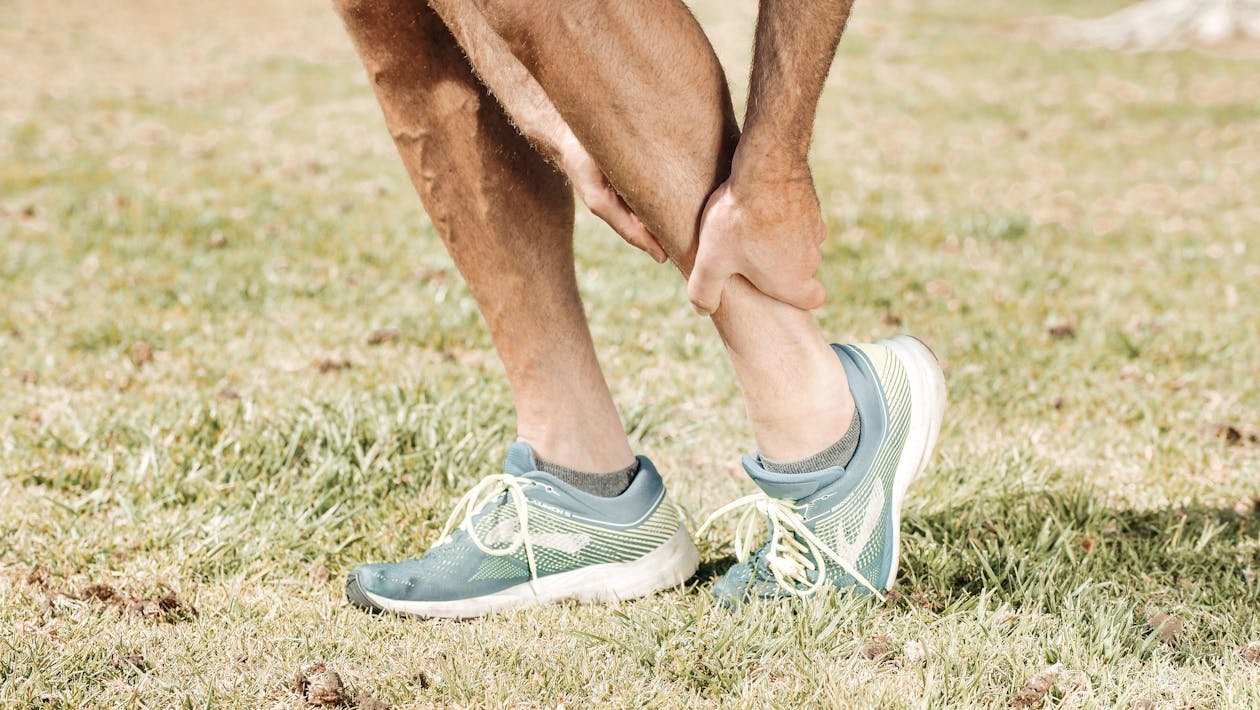
Broken ankle symptoms vs. sprains
Symptoms of a broken ankle
The symptoms of a broken ankle can vary depending on the severity of the injury.
Some common symptoms include:
- Severe pain: Felt immediately after the injury, the pain from a fractured ankle is sharp and intense.
- Swelling: Usually accompanied by bruising and tenderness.
- Bruising: Mild to severe bruising may appear on the ankle, foot, or lower leg.
- Inability to bear weight: Ankle hurts when standing or bearing weight on the affected ankle.
- Deformity: In some cases, a broken ankle can cause the ankle bone to shift out of place, resulting in a visible ankle deformity.
Symptoms of a sprained ankle
The severity of a sprained ankle can vary from mild to severe, depending on the extent of the injury. Mild sprains may only cause slight discomfort, while severe sprains can make it difficult to walk or put weight on the affected ankle.
Some common symptoms of a sprained ankle include:
- Pain: May be mild or severe, depending on the severity of the injury. Ankle pain is usually felt outside the ankle and can be accompanied by a pop sound.
- Swelling: Typically starts within a few minutes of the injury and may continue to swell for several days.
- Bruising: Mild to severe bruising may appear on the ankle, foot, or lower leg.
- Difficulty walking: Standing and walking on the affected ankle may be difficult depending on the severity of the ankle sprain.
Comparing sprained and broken ankles
While they may share some symptoms and treatment options, ankle sprains and breaks have some key differences to keep in mind.
Range of motion
One of the biggest differences between a sprained ankle and a broken ankle is the range of motion. With a sprain, the ankle may be swollen and painful, but it's still possible to move it around to some extent. Experts often recommend keeping the ankle moving to prevent stiffness and promote healing.
A broken ankle may be so painful and swollen that it's difficult or impossible to move. In some cases, the ankle may show deformity or misalignment, indicating a clear sign of a broken bone.
Weight-bearing
Another key difference between a sprained and broken ankle is the ability to put weight on the affected foot. With a sprain, it's usually possible to bear some weight on the ankle, although it may be uncomfortable or painful.
With a broken ankle, however, weight-bearing is often much more difficult. Depending on the severity of the break, it may not be possible to put any weight on the affected foot.
Treatment options for ankle sprains vs. broken ankles
Sprained ankles
The treatment of a sprained ankle depends on the severity of the injury. In most cases, you can treat a sprained ankle at home with rest, ice, compression, and elevation (RICE).
- Rest: Reduces pain and swelling, promotes healing, and prevents further injury. The injured person should avoid putting weight on the ankle and rest it as much as possible.
- Ice: A simple and effective way to reduce pain and swelling. The injured person should apply ice to the ankle for 15-20 minutes, several times daily.
- Compression: Helps reduce swelling and provide support to the injured ankle. Modern ankle braces, including The BetterGuard, include compression socks.
- Elevation: Reduces swelling and the buildup of fluids in the joint. The injured person should elevate the ankle above the heart level as much as possible.
Broken ankles
Surgery may sometimes be necessary to realign the bones and ensure proper healing. In most cases, we must immobilize the ankle joint to allow the bones to heal properly. You can accomplish this using a cast, rigid brace, or walking boot.
Ankle specialists may also recommend physical therapy as part of the treatment plan for a broken ankle. Proper care and treatment can improve the range of motion and strength in the ankle. Physical therapy aids in the healing process and preventing future injuries.

Ankle braces
Depending on the severity of the injury and the stage of your recovery, an ankle brace can provide support and prevent further damage to the joint. It's important to find an ankle brace that allows for mobility during the recovery process. Traditional rigid and lace-up ankle braces can inhibit your ability to rebuild strength and movement in the joint.
Treating an ankle injury promptly and properly can result in healing within a few weeks. However, if the injury is severe or not treated properly, it can lead to chronic pain, instability, and other complications. Up to 72% of NBA players who experience a single ankle sprain later report symptoms of chronic ankle instability.
The BetterGuard is the only adaptive ankle brace available. Unlike other braces, it provides full mobility during the recovery process and still prevents injury with responsive support. A recent study shows players who wear The BetterGuard, compared to traditional recovery methods, can return to play 34% faster.

